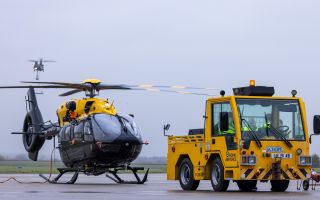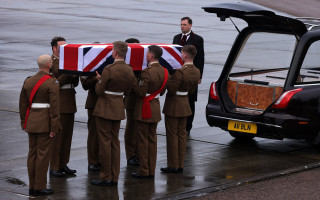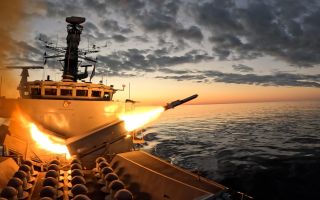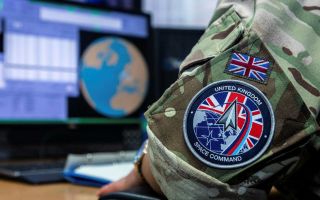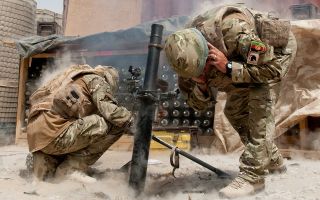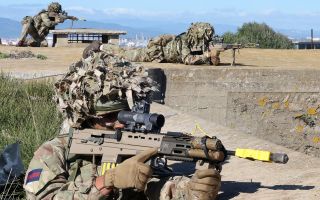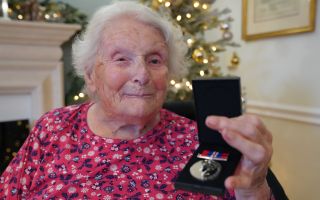Navy
Long-Lost Ensigns Unveiled Ahead Of Jutland Centenary
Fragile, worn and damaged from battle, ensigns from the First World War's Battle of Jutland have been unveiled together at the National Museum of the Royal Navy.
The first of which (pictured above) comes from the Royal Navy’s greatest ‘castle of steel’, last seen flying from HMS Warspite as she clashed with the Germans at Jutland.
Whilst HMS Warspite was being towed for breaking up the tow cables snapped and she ran aground off Prussia Cove, Cornwall, on 23 March 1947
Historians in Portsmouth are examining the standards flown by some of the 150 British warships in the terrible battle ahead of putting them on display at centenary commemorations next year.
The 100th anniversary of the May 31-June 1 battle will be the main event of the Royal Navy’s World War One centennial commemorations, with services and acts of remembrance taking place across the British Isles and in the North Sea, including the opening of cruiser HMS Caroline – the last RN survivor of the battle – in Belfast.
The National Museum of the Royal Navy is staging an exhibition on the battle and has been digging through its archives and stores in Portsmouth for relics.
Victoria Ingles: "It has been really exciting to have the opportunity to examine these naval ensigns in detail"
The curators came across several battle ensigns – considerably larger than the standards normally flown by warships – which were designed to make vessels more easily identifiable in the fug of action.
“It has been really exciting to have the opportunity to examine these naval ensigns in detail – it’s the first time in years they’ve been taken out of the museum store and they have not been flown since the Battle of Jutland,” said Victoria Ingles, senior heritage projects officer at the museum.
“Now we need to work out how we can safely display such large and delicate items in our exhibition next year.”
The Jutland ensigns found in storage range in size between 148 square feet down to just 15½ square feet.
They belonged to battleships Warspite (she suffered heavy damage and 30 casualties) and Bellerophon (came through unscathed), battle-cruiser Indomitable (she severely damaged the German battle-cruisers Seydlitz and Derfflinger), destroyers Marksman and Obedient, and cruiser Warrior (lost on June 1 1916).
Jutland remains the greatest naval battle fought in European waters in the age of steel and iron. The Royal Navy lost twice the number of men and more ships than their foe, but the Germans concluded they could never seriously challenge the British naval presence in the North Sea again.

